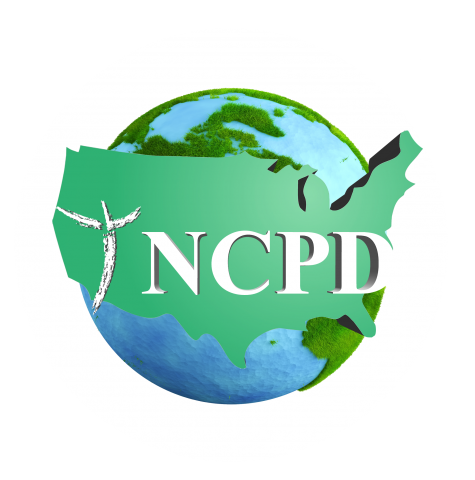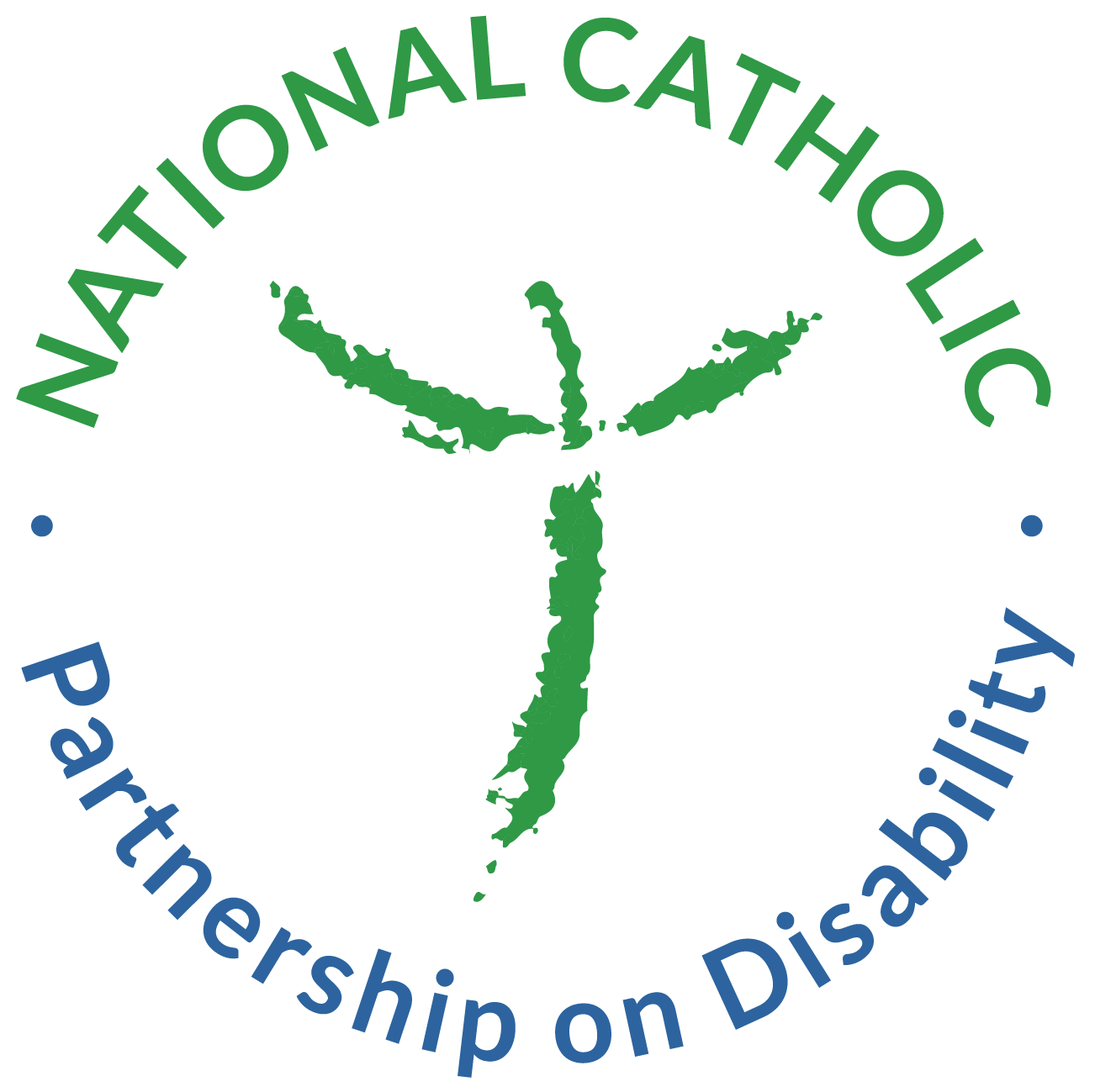
December 4, 2014
Carl L. Berg, M.D.
President
Board of Directors
United Network for Organ Sharing (UNOS)/Organ Procurement and Transplantation Network (OPTN)
P.O. Box 2484
Richmond, VA 23218
Re: Policy Proposal to Implement OPTN’s Oversight of Vascularized Composite Allografts (VCA)
Dear Dr. Berg:
As you know, the U.S. Department of Health and Human Services (HHS) modified the OPTN Final Rule to include VCAs among transplantable organs, effective July 3, 2014. The Health Resources and Services Administration (HRSA) directed OPTN to develop implementing policies before such modifications became effective. At its June meeting, the OPTN Board adopted an interim policy, without public comment but with a September 1, 2015, sunset provision. The VCA Transplantation Committee has solicited public comment on a proposal to make such policy permanent. Both provisions would permit living VCA donations.i
The National Catholic Partnership on Disability (NCPD) was established thirty years ago to implement the U.S. bishops’ Pastoral Statement on People with Disabilities. On behalf of NCPD and the fourteen million disabled Catholics it serves, I urge the OPTN Board to withdraw interim authorization for living VCA donation immediately. I further object in the strongest terms to its inclusion in the VCA Committee proposal.
According to that committee, “VCA approved programs have not performed living VCA donation to date;”ii and, further, “there are no candidates for living VCA donors registered with the OPTN.”iii The Board’s authorization of living VCA donations in its expedited policy was therefore gratuitous, made in haste without public feedback, and has only served to taint the present public comment process by revealing its predisposition on this ethically charged issue.
The VCA Committee represented that, in modifying the Final Rule, HHS “intentionally did not prohibit the possibility of living VCA donors.”iv If this was meant to imply that HHS supported living VCA donation, it mischaracterized the Department’s position. In response to a public comment asking “whether the OPTN will allow live donations or only recover a hand or face from someone who is about to die [,]”v HHS responded:
Live donor organs are addressed by OPTN policies. The most common are kidney and liver. Although a potential living donor may express a desire to donate a VCA, no transplant center currently provides this service. Organs are not procured in the U.S. from any person “who is about to die,” but in fact are obtained either willingly from a living donor or from a person who is already dead ….vi
Rather than endorsing living VCA donation, the Department avoided answering the question directly. Such caution was not surprising since, with only one of twenty-nine public comments raising the issue, the matter had not received the full airing its gravity deserved.vii
UNOS’ Director of Policy further claimed that OPTN did not even “have the authority to prohibit living VCA donation [.]”viii Yet, policies the Board adopted this November to govern living kidney, liver, pancreas, lung, and intestine donation authorized recovery hospitals to “exclude a donor with any condition that, in the hospital's medical judgment, cause[d] the donor to be unsuitable for organ donation”ix and required such hospitals to “exclude all donors who meet … [certain] exclusion criteria[.]”xThe Director gave no reason for this difference except to say that OPTN did “have the authority to make … patient safety requirements regarding living VCA donation.”xi All the same, if OPTN expects hospitals to exclude living donors when their medical risks are high, it should require such exclusions when the risks are serious and certain. Live donation of faces, limbs, and abdominal walls constitute indisputable harm, a severe loss of function, a disability under Federal lawxii that OPTN should categorically exclude.
Of particular concern to NCPD is the prospect of adults “mentally incapable of making an informed decision”xiii as living VCA donors. The OPTN Board recently extended such eligibility from living kidney to living liver, pancreas, lung, and intestine donors.xiv Though the proposals did not include living VCA donors, the VCA Committee chair “felt all of the proposed policy elements would be appropriate for potential living VCA donation.”xv Thus, OPTN could revisit the issue soon and its consideration of such policy proposals, if specific to VCA donation, may not require that it seek input from the general public.xvi
In defense of including mentally disabled adults as living donors, the claim is made that there are cases, “extremely rare,” involving a parent caregiver in need of an organ transplant where living donation is in the person’s best interest.xvii Whatever its merit when kidney, liver, pancreas, lung, or intestine transplants are involved, such claim carries no weight when faces or uteruses are at issue. Moreover, any benefit such persons will actually receive from donating their limbs or abdominal walls are hypothetical at best and outweighed by the certain and severe harm they will suffer. Further, such caregivers could easily confuse their own best interest with that of their charge or unduly influence the choice of someone mentally disabled and dependent on their care. And even the most conscientious health professionals are not wholly free from the temptation to discount the quality of life people with mental disabilities possess. With these policies, OPTN has opened the door to organ donation from those persistently comatose or otherwise mentally incapable of informed consent as payback for their cost of care and has taken a step backwards to the days when “mental defectives” were sterilized to keep them from “sap [ping] the strength of the State [.]”xviii
NCPD stands second to none in appreciating organ donation as an example of human solidarity. Yet, it cannot be gainsaid that the bodily restoration of some cannot justify physician-assisted mutilation of others. In defending its endorsement of living donation, the VCA Committee “felt it was prudent to not set restrictive policy language in this evolving clinical area.”xix But it is a perverse prudence indeed that defies a core precept of practical wisdom, that the end can never justify the means, and substitutes in its place the state of medical science as the final arbiter of right and wrong.
For these reasons and those set out by the National Catholic Bioethics Center in its separate comments, I urge an entire rejection of these policies. Simply put, no living donor should be included in VCA donation policies.
Respectfully submitted,
Stephen L. Mikochik
Chair emeritus
National Catholic Partnership on Disability
End Notes:
i The chair of the VCA Committee “confirmed that the current policy permitted approved programs to perform living VCA donation [.]” Report of the Living Donor Committee to the OPTN Board (Nov. 13-14 (sic)) at 23, 67, available at http://optn.transplant.hrsa.gov/converge/members/committeesDetail.asp?ID... (last visited Nov. 24, 2014).
ii Id.
iii Policy Proposal to Implement the OPTN’s Oversight of Vascularized Composite Allografts (VCAs) at 12, available at http://optn.transplant.hrsa.gov/governance/public-comment/implement-the-... (last visited Oct. 1, 2014).
iv Id. At 12, 14 (emphasis added).iv
v 78 F.R. 40033, 40040 (July 3, 2013).
vi Id.
vii Likewise, the fact the Department included VCAs under the Final Rule, without referencing living donation expressly, may also have reflected its unwillingness to decide a controversial issue which had not received a full airing in the public comment process.
viii Report, supra note 1.
ix Id. at 81. See also id. At 35.
x Id. At 81.
xi Id. At 23, 67.
xii See, e.g., 42 U.S.C. § § 12102(1)(A) & (2)(B) (defining “disability,” for purposes of the ADA, to include “a physical or mental impairment that substantially limits one or more major life activities” and notably defining “major life activity” to include operation of reproductive functions). Though the VCA Committee did not seek authorization for living uterine donation at this time, it did reference a successful transplant procedure recently conducted in Europe. See Policy Proposal, supra note 3, at 12 n. 8, 14 n. 9. It is most distressing to realize that OPTN can specifically authorize acceptance of such donation in the future, without soliciting public comment on so controversial an issue. See 78 F.R. at 40034 (“[HSS’ definition of ‘VCAs’ provides] flexibility to allow other body parts to be covered as the field of VCA transplantation advances. … [B]efore the OPTN adopts any VCA-specific policies, the OPTN will need to list all covered body parts for clarity. This will not require a regulatory process.”). The HSS Secretary must submit such policies for public comment, but only if she chooses to review them. See id. At 40034-40035.
xiii OPTN Policy, Tb. 14-9.
xiv See UNOS News Bureau, “Board approves policies on living donor evaluation and consent, donor disease risk assessment [,]” available at http://optn.transplant.hrsa.gov/news/board-approves-policies-on-living-d... (last visited Nov. 18, 2014). ”Most [Living Donor] Committee members agreed that the proposed informed consent requirements in this proposal would not be adequate to address living VCA donors and that some requirements would be inaccurate for VCA donors. “Report, supra note 3, at 24, 68. They thus voted to exclude them. See id.
xv Id. At 23, 67.xv
xvi See supra note 12. The VCA Committee leadership has already acknowledged that committee’s authority to “approve clarifying language in post-public comment (sic).” Policy Proposal, supra note 1, at 15.
xvii Report, supra note 1, at 56, 58.
xviii Buck v. Bell, 274 U.S. 200, 207 (1927).
xix Policy Proposal, supra note 3.

